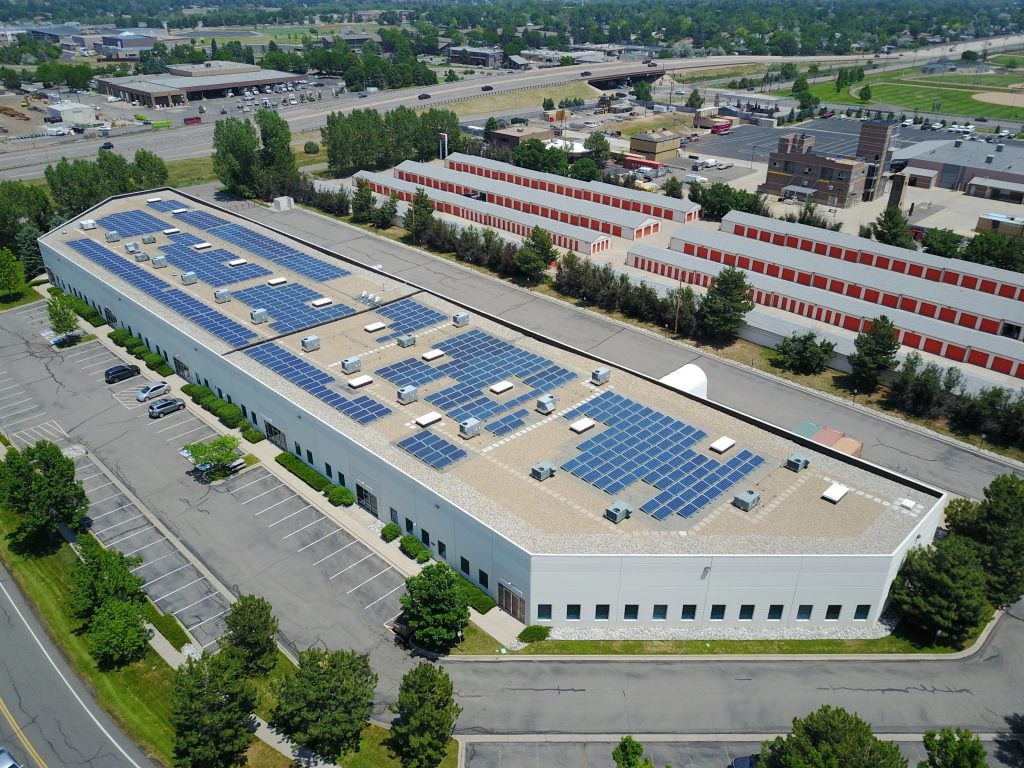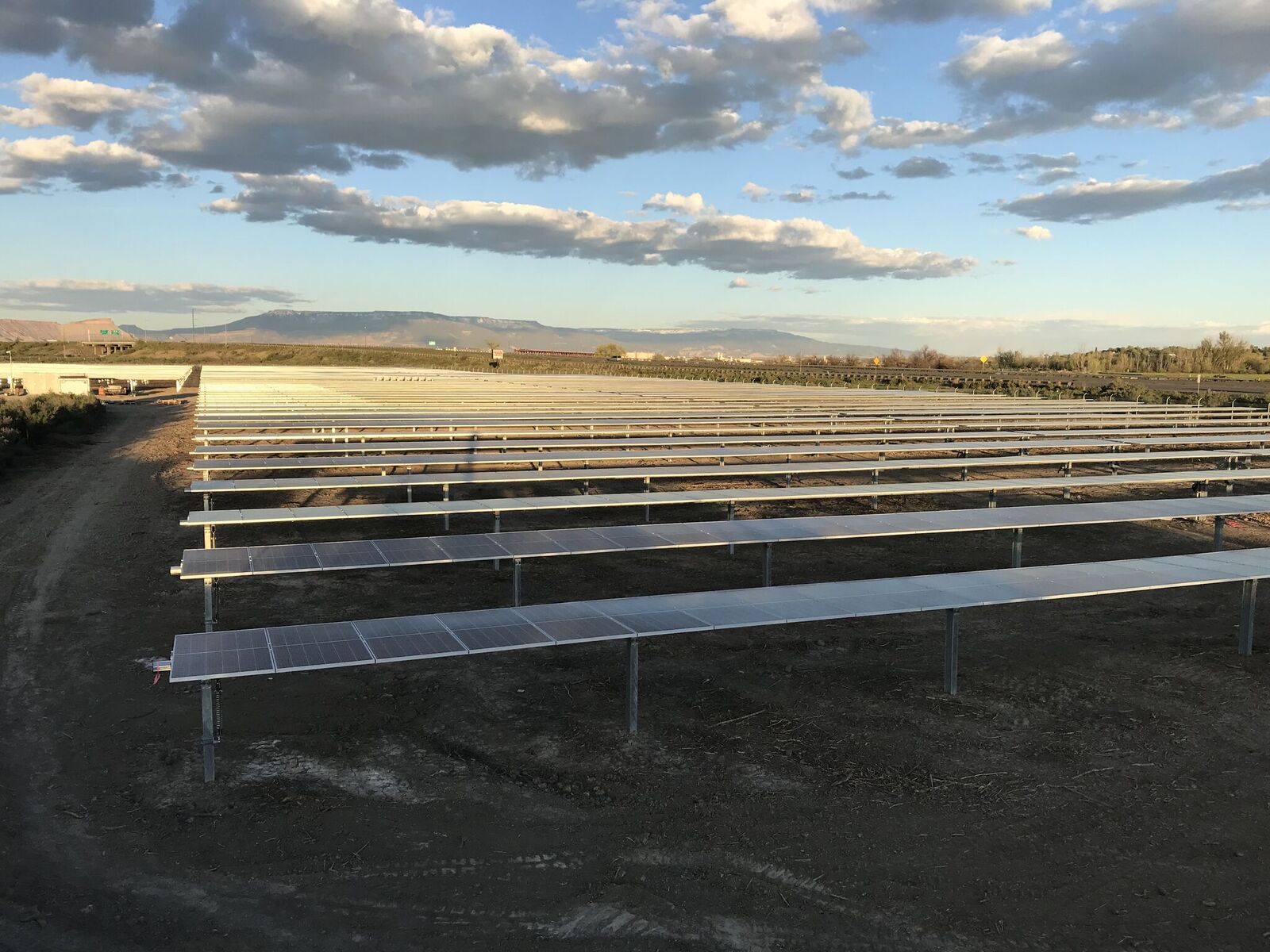Budgeting for Solar in 2022
October 14, 2021

As we approach the end of the year, companies are turning an eye towards their annual budget for 2022, outlining the necessary investments that advance corporate strategy and business resiliency. Budgets are not only a reflection of revenue goals, they also reflect corporate values. With an increase in extreme weather events and declining solar incentives, 2022 is the year to step up and become a clean energy leader.
Onsite solar energy can help companies meet their sustainability goals, lower operating costs, and maximize solar economics. Here we discuss why onsite solar should be a part of your company’s corporate budget in 2022.
Government incentives lower costs of installing solar
Along with many state and local governments, the federal government has special incentives for commercial and industrial customers interested in installing solar. These incentives directly impact a system’s cost and can increase your return on investment (ROI). By leveraging these incentives today before they taper down, your company can enjoy the benefits of solar at a lower cost.
The availability of these incentives vary state-by-state, but the most common ones are:
- Solar Federal Investment Tax Credit (ITC)
- Net metering
- Property tax exemption
- Solar Renewable Energy Tax Credits (SRECs)
Apply federal tax credits
The federal government offers a tax incentive known as the Solar Investment Tax Credit (ITC), which is applicable in all 50 states. The ITC gives businesses a one-time dollar-for-dollar reduction on corporate taxes for installing solar.
However, if your company wants to utilize the ITC, it is better to start planning for solar now. The ITC is currently 26% of topline project costs for solar arrays that contract or begin construction in 2021 and 2022. For projects that start in 2023, the incentive drops to 22%, and starting 2024, it falls to a permanent 10%.
Accelerate your ROI with net metering
Your company can enjoy reduced electricity costs and a higher Net Operating Income (NOI), thanks to a policy known as net metering. Net metering allows solar energy system owners to receive 1:1 retail credit for the excess electricity produced by their system and sent to the grid. In exchange, the system owner can draw from the bank of credits at night or during winter when the system produces less energy, thereby lowering your utility bills.
A solar developer, like Pivot Energy, can help you design a system that considers your property’s total annual electricity usage. This means that you can “overproduce” more energy during warmer months and apply the credits during the winter season when electricity costs are usually higher. While the total net metering credit that a system receives depends on its size/location, the average commercial property in the U.S. saw an 89% decrease in its annual utility bill after installing solar.
In areas without 1:1 net-metering, a skilled developer can help design a project that optimizes your return.
Increase property value without paying more taxes
Property tax exemptions available in many markets allow companies to exclude 100% of a solar energy system’s added value from the valuation of their property for tax purposes. This means that your property will have a higher market value, but your company would not need to pay any additional taxes on it. There are currently 36 states that offer this incentive to commercial solar customers.
Sell SRECs to increase revenue
Building managers can take advantage of the environmental benefits produced from solar energy. In many states, solar customers receive a Solar Renewable Energy Credit (SREC) for each megawatt-hour (MWh) of electricity produced by their arrays. SRECs are typically purchased by utilities that are required to have a portion of their electricity come from solar energy. Reassigning SRECs and participating in utility programs can create a valuable income stream for your project. Alternatively, clients can choose to retain the SRECs as part of their Corporate Environmental Social Governance (ESG) goals.
Understanding the total budget impact of solar
Even with the incentives, to fully understand how much solar will cost to install, we have to compare the two most common procurement methods: Direct ownership vs. Power Purchase Agreements (PPAs). The latter can be a great option if solar as a CapEx investment does not fit in your 2022 budget.
With a full-system cash purchase, you are the sole owner of the system. Your company pays the installation costs out of pocket or through a solar loan. The advantage of direct ownership is that the company can apply any incentives towards their corporate taxes and reap the revenues. As the system owner, the company is in charge of all maintenance and operations costs.
If you choose to go through the PPA method to install solar, the developer pays all upfront costs in exchange for a long-term agreement (typically between 20 to 25 years) for you to purchase the energy produced by the system. After the agreement ends, you can choose to extend it, remove the system at no cost, or purchase it from the developer at fair market value. The monthly rate you pay the developer includes operations and maintenance throughout the year, which makes a facility manager’s job much easier.
The only drawback with a PPA is that the company does not take advantage of any government incentives; all incentives flow through to the third-party system owner. However, the main benefit of a PPA is that you can go solar without a large upfront investment. In instances where the utility’s energy rates are high, the PPA price per kilowatt-hour (kWh) can be lower from Day 1. PPAs are an excellent option for companies that wish to preserve capital and keep cash on hand.
Long term benefits of including solar in your corporate budget
Ultimately, no matter which solar procurement method you choose, your company can benefit over the long term by investing in solar in 2022. One of the greatest benefits of solar energy is that you can hedge against rising electricity prices, all while powering your business operations with clean energy.
Rising electricity costs are a problem for all companies and one of the main reasons why procurement officers, facility managers, and sustainability professionals are urging companies to switch to solar. According to the U.S. Energy Information Administration, electricity costs have increased by 1.8% every year for the past 25 years. This might not seem like a lot today, but over time utility costs will become an even larger share of a building’s overall operational budget.
Beyond the monetary gains, integrating sustainability measures, like solar, has become an industry necessity. This is evident as some of the largest installers of solar are the country’s most well-respected brands, such as McDonald’s, Facebook, and Amazon. By marketing your company’s sustainability achievements, you can increase your brand value, draw more customers, and retain talent. All of these factors contribute towards improving your company’s revenue over the long term.
Getting Started
If you need a more detailed breakdown of how solar will impact your budget, Pivot Energy has a team of trained professionals who are ready to help you. We can help you design a solar energy system tailored to your facility’s annual energy usage needs and manage all the permits needed to install your system. To learn more, contact us today.


